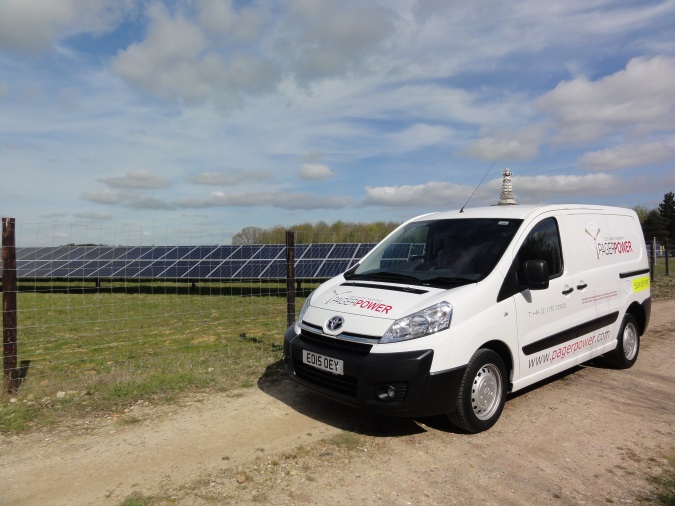Overview
To ensure maximum accuracy whilst reducing project risk, completing a glint and glare site survey alongside detailed modelling will ensure easily understood and comprehensive assessment conclusions. This means developers, planners and stakeholders can make confident decisions going forward.
What is included?
Following an initial desk based assessment, we will go to the site to gain a better understanding of its standing in the surrounding environment and expected visibility to key receptors. The following data will be collected:
- Additional receptor information;
- Site photographs;
- Written notes;
- GPS coordinates of key locations/viewpoints.
The information will then be reviewed alongside the results of the glint and glare modelling to reach a fully informed conclusion regarding the overall glint and glare impact based on Pager Power’s guidance.
Figure 1: Solar glint and glare survey
What do we survey?
General considerations addressed within the site survey for each receptor type are listed below.
- Roads, including:
- Consideration of differing road vehicles;
- Comments regarding traffic density and typical road speeds;
- Dwellings, including:
- Consideration of views towards the solar development area from the ground floor and above;
- Railway, including:
- Review of existing screening with accurate site photography towards the railway line;
- Identification of the presence of railway signals, hoods and signal lighting type;
- Aviation, including:
- Review of existing screening with accurate site photography towards the ATC Tower;
- Consideration of the view from the ATC Tower towards the solar development site.
Conclusions
Surveys reduce uncertainty and increase accuracy by using up-to-date site data. The site survey also has the added benefit of providing stakeholders with the most thorough assessment possible, which reduces the likelihood of requests for further information.

